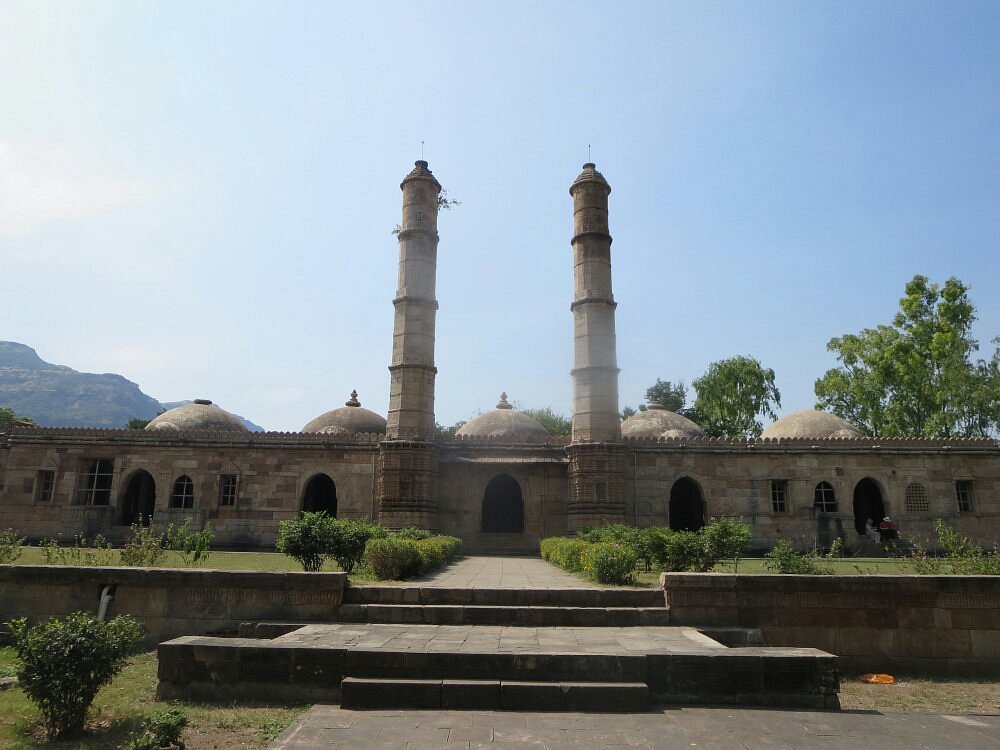

The historical Fort of Pavagadh, along with the city of Champaner located at the foothills in Gujarat, India, has a rich tapestry of cultural heritage and history, attracting tourists from around the globe. The origins of tourism at the Pavagadh Fort can be traced back to its significance as an ancient Hindu fortress and temple site, which has been a pilgrimage destination for centuries.
The Pavagadh Fort's significance dates back to the 10th century when it was established as a stronghold within the region. The Champaner-Pavagadh Archaeological Park, which includes the fort, was inscribed as a UNESCO World Heritage Site in 2004, greatly elevating the site's visibility and tourism potential. As a historically rich site, it embodies the blend of Hindu and Islamic cultures through its architectural diversity, which has been preserved over the ages.
One of the major components of tourism at Pavagadh is the pilgrimage to the revered Kalika Mata Temple, positioned at the summit of the hill. The temple holds immense religious significance for Hindu devotees, which has sustained a steady flow of pilgrims to the hill for hundreds of years. This enduring religious importance has given birth to a vibrant cultural landscape that also supports tourism.
Apart from its religious allure, tourists also visit the Pavagadh Fort for its stunning architectural remnants and panoramic views. The adventurous journey up the hill, either on foot or by cable car, adds an element of adventure tourism to the experience. The site's natural beauty, with forested hills and vibrant flora and fauna, complements this offering.
In recent years, the Fort of Pavagadh and the Champaner area have seen a shift in tourism trends with the introduction of better facilities and infrastructure. Modern amenities such as improved accessibility thanks to the ropeway system, advanced accommodation options, and informative guides enhance the tourist experience.
Furthermore, the Government of Gujarat has been proactive in promoting the site through cultural festivals, such as the annual Pavagadh Mahotsav, which showcases local arts, crafts, and music. Conscious efforts are being made to promote sustainable tourism to preserve the location's cultural and natural integrity for future generations.
The advent of digital technology has greatly influenced how tourists interact with the fort and its surroundings. Virtual tours, online information portals, and social media campaigns have made the site more accessible to a global audience, sparking further interest in its rich cultural heritage.
As a testament to the ages, the Fort of Pavagadh, alongside Champaner, continues to evolve as a tourism hub by intertwining its illustrious past with contemporary tourism trends. This synergy promises a bright future for tourism in the area while ensuring that its historical and cultural narratives are conveyed to visitors in meaningful ways.